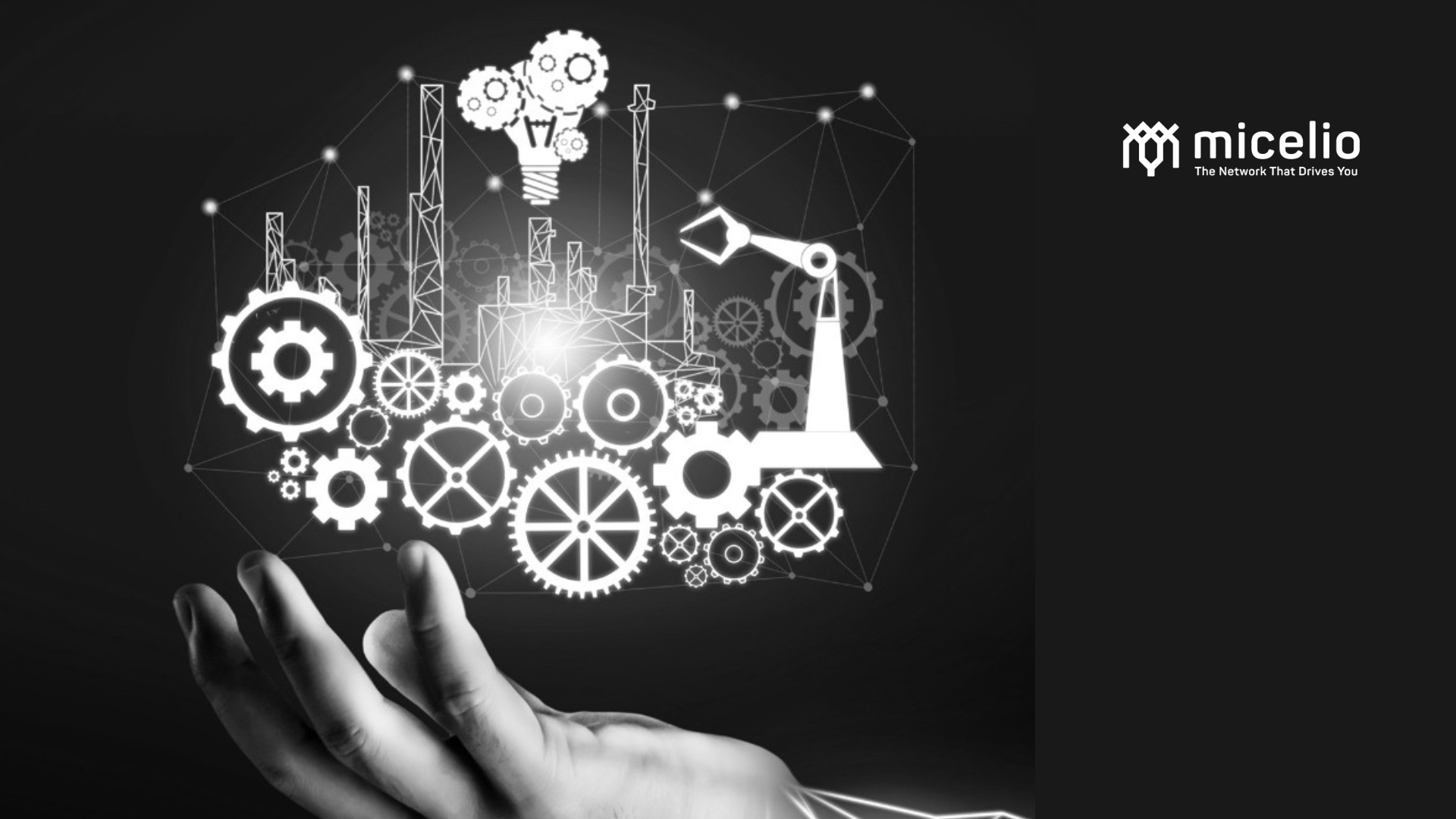Harnessing Digital Twin Technologies to Revolutionize EV Battery Optimization and Performance
Electrifying transportation is crucial for fighting climate change, and electric vehicles (EVs) are leading the way. But there are hurdles like limited range, slow charging, and battery wear. Batteries are like the heart of any Battery Electric Vehicle (BEV). But they are not simple! They are a complex composition of various components, each playing a crucial role in determining the battery’s performance, efficiency, and durability. Imagine trying to make a perfect recipe with lots of ingredients – that is what it is like to make a good EV battery.
Fortunately, the emergence of digital twin technologies offers a transformative solution, revolutionizing the research and development (R&D) of EV batteries and laying the groundwork for a robust EV manufacturing ecosystem.

How Does Digital Twin Technologies Help?
Digital Twin Technologies allow the generation of a virtual replica of the battery, allowing for experimentation with various optimizations without directly impacting the physical battery. It is like having a duplicate of the battery inside a computer, enabling exploration of different enhancements to improve the real battery’s performance and lifespan.
Consequently, this approach enables researchers to efficiently identify strategies to enhance performance and durability without resorting to time-consuming trial-and-error methods. It enables them to delve deep into the intricacies of battery behavior, from its chemistry to its electrical performance, without directly impacting the physical battery. This capability allows for rapid exploration of various design parameters, materials, and operational conditions to identify strategies for enhancing performance and durability.
Besides, the iterative design process facilitated by digital twins promotes continuous refinement and optimization of battery designs. Insights gained from virtual experiments inform the development of more advanced and reliable energy storage solutions, driving innovation in the field.
Furthermore, digital twin technology opens up new avenues for collaboration and knowledge sharing among researchers, fostering a dynamic ecosystem of ideas and insights. Moreover, by simulating long-term usage scenarios, researchers can develop strategies to mitigate degradation and extend the lifespan of batteries, addressing critical challenges in energy storage technology and all this testing becomes possible at a proper digital twin lab.
In this blog, I will share about two digital twin technologies that are unraveling the complexities of EV batteries today.
- a) Hardware-in-the-Loop (HIL) Simulation
HIL simulation emerges as a powerful tool in BMS development, allowing researchers and engineers to test and validate battery management systems (BMS), control algorithms, and other components virtually before physical prototypes are constructed. Here is how HIL supports the development of BMS:
- Accelerated Development Cycles: HIL simulation enables rapid iteration and testing of battery systems designs, expediting innovation and introducing new technologies to the market swiftly.
- Improved Performance and Efficiency: By optimizing battery management algorithms and control strategies, developers enhance the performance and efficiency of battery systems, maximizing energy density and extending battery life.
- Enhanced Safety: Thorough testing of safety features such as thermal management systems and fault detection algorithms in a controlled environment ensures improved safety.
- Virtual Prototyping and Validation: HIL simulation allows for virtual prototyping and validation of battery systems, reducing the need for expensive physical prototypes.
- Customized Solutions for Specific Applications: Tailoring battery systems, including battery cyclers, to specific applications becomes feasible, meeting diverse market demands effectively.
Prominent companies like Bosch and Continental leverage HIL in developing and validating advanced BMS technologies for electric vehicles. Through iterative testing in virtual environments, these companies deliver robust and efficient BMS solutions, meeting stringent industry requirements.
- b) Integrated Computational Materials Engineering (ICME)
ICME holds promise in revolutionizing battery development processes by enabling efficient design processes. Key impacts of ICME on battery development include:
- Accelerated Material Discovery: Rapid screening of material candidates accelerates the discovery of new materials with desirable properties for batteries.
- Optimized Electrode Design: Predicting microstructure and performance of electrode materials enhances battery performance and durability.
- Tailored Electrolyte Formulation: Designing custom electrolyte formulations tailored to specific battery chemistries optimizes battery performance and safety.
- Predictive Battery Performance: Models predicting battery performance under various conditions enable optimization of battery designs.
- Virtual Prototyping and Design Optimization: Virtual prototyping reduces the need for costly experimental iterations, facilitating design optimization.
To democratize access to these cutting-edge technologies, Micelio, in collaboration with ARAI, has opened a Digital Twin Facility. With labs in Bangalore, Pune, and Guwahati (IIT campus), this collaboration aims to empower EV companies of all sizes including startups and MSMEs to innovate and contribute to the evolution of the EV industry in India.


